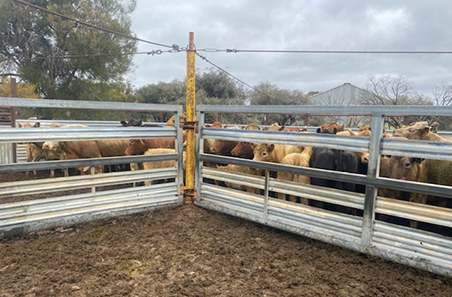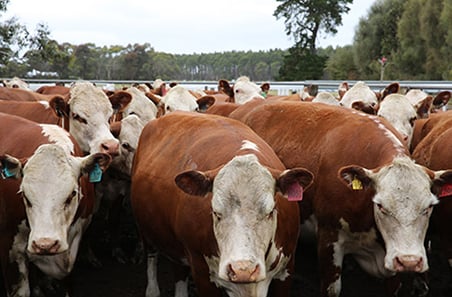
Information for producers

Producers have legal, financial and ethical responsibilities for planning livestock movements, preparing animals and providing appropriate facilities for transport operators to access.
Knowledge, preparation and communication are key to successful livestock transport:
Tip: Who is the consignor? Make sure it is clear who the consignor, the transporter and the receiver are for every livestock transport movement. |
Legally – you or your representative are responsible for:
- maintaining a safe environment for employees, visitors to your property and animals under your care
- ensuring your livestock are fit to load for the intended journey
- communicating how the livestock have been prepared for the intended journey
- minimising disruptions to transport operations by ensuring:
- clear directions and contact numbers are provided
- good truck access to the property and yards
- livestock are yarded and ready to load at the arranged time
- numbers and type of livestock are right for the truck(s).
Why we need to get it right
- Ethically: No one wants to cause undue pain and suffering to livestock. Customers and the community expect that animals will be treated well at every point throughout their lifetime, including transport.
- Industry sustainability: Our livestock industry needs to maintain its freedom to operate and international reputation for ethically produced, high-quality red meat products.
- Financially: Stressed livestock eat less, put on less weight and don’t perform as well in feedlots or processing facilities.
Livestock transport checklist for producers
I have:
- read and understood my roles and responsibilities
- made sure livestock don’t exceed maximum time off water
- made sure livestock are fit to load for their intended journey
- ensured livestock meet weaning rules
- checked my ramp/infrastructure is safe
- ensured trucks and drivers can safely access and operate in and around the yards
- checked any special conditions for extreme events such as drought, floods, heat and cold
- prepared my documentation for the driver and receiver
- provided accurate numbers and weights to the transport company
- clearly communicated the date, time, contact numbers and directions for collection/loading
- made sure livestock are appropriately prepared, settled and ready to go at the time of loading.









